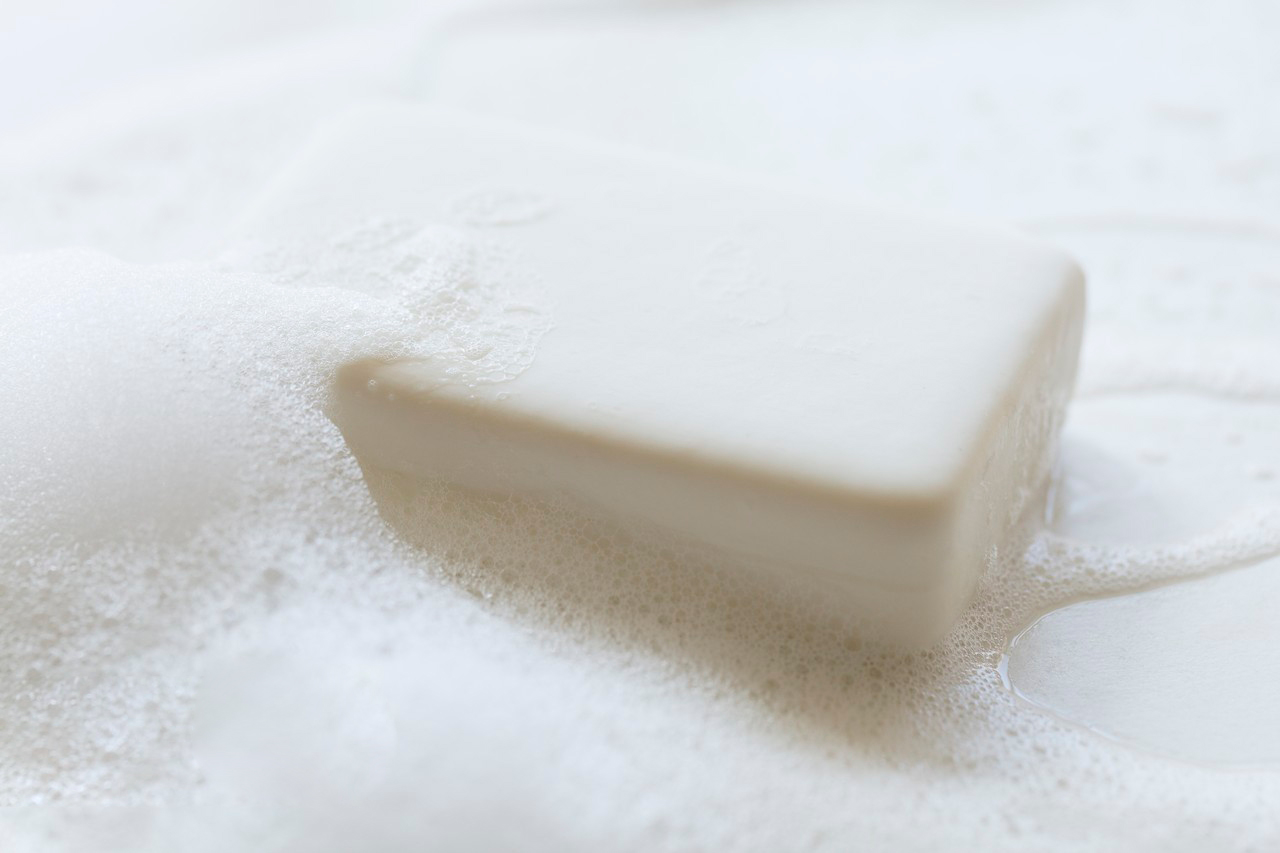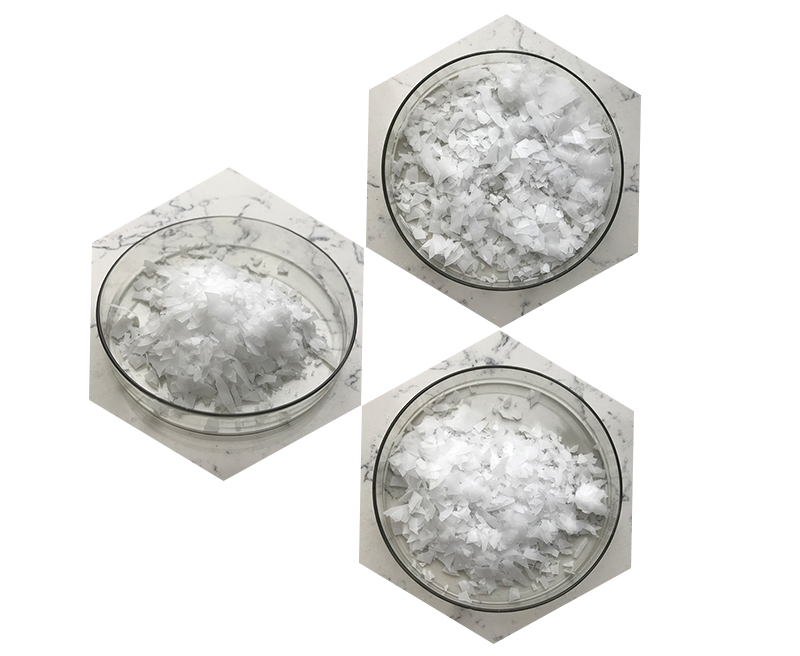Ceteareth is a term used to describe a group of synthetic compounds that belong to the class of non-ionic surfactants. These compounds are derived from cetyl or stearyl alcohols (fatty alcohols) and ethylene oxide. Ceteareth ingredients are commonly used in the formulation of various personal care and cosmetic products. The number following “Ceteareth” denotes the average number of ethylene oxide units in the molecule.
Here are some key points regarding the comprehensive study of Ceteareth:
1.Chemical Structure: Ceteareth compounds have a general chemical structure consisting of a fatty alcohol backbone (cetyl or stearyl alcohol) with varying numbers of ethylene oxide units attached.

2.Functionality: Ceteareth serves as an emulsifier and surfactant in cosmetic and personal care products. It helps in stabilizing emulsions, allowing the blending of water and oil-based ingredients, and enhancing the overall texture and performance of formulations.
3.Emulsifying Properties: The primary function of Ceteareth is to act as an emulsifying agent, facilitating the mixing of water and oil components in formulations. This is particularly important in the creation of creams, lotions, and other emulsion-based products.
4.Stabilization: Ceteareth contributes to the stability of cosmetic formulations by preventing the separation of water and oil phases. This helps in maintaining the desired consistency and appearance of the product over time.
5.Surfactant Properties: As a non-ionic surfactant, Ceteareth reduces the surface tension between different phases in a product, improving the spreadability and wetting properties.
6.Incorporation in Formulations: Ceteareth is often found in a variety of cosmetic and personal care products, including creams, lotions, shampoos, conditioners, and other emulsion-based formulations.
7.Skin Compatibility: Generally, Ceteareth is considered to be well-tolerated by the skin. However, like any cosmetic ingredient, individual sensitivities may vary, and it’s advisable to conduct patch tests before widespread use.

8.Regulatory Considerations: Cosmetic ingredients, including Ceteareth, are subject to regulatory scrutiny and approval in many regions. It’s important for formulators to adhere to regulatory guidelines and restrictions when incorporating Ceteareth into their products.
9.Environmental Impact: Ethoxylated compounds, including those with ethylene oxide units like Ceteareth, may have environmental considerations. Manufacturers and formulators should be mindful of the environmental impact and work towards sustainable and eco-friendly practices.
10.Research and Development: Ongoing research and development in the field of cosmetic science may lead to the discovery of new variations or derivatives of Ceteareth with improved properties or reduced environmental impact.
When studying Ceteareth comprehensively, researchers may explore its various derivatives, interactions with other ingredients, potential applications in different formulations, and safety considerations. Additionally, they may investigate its impact on skin health and environmental sustainability.
